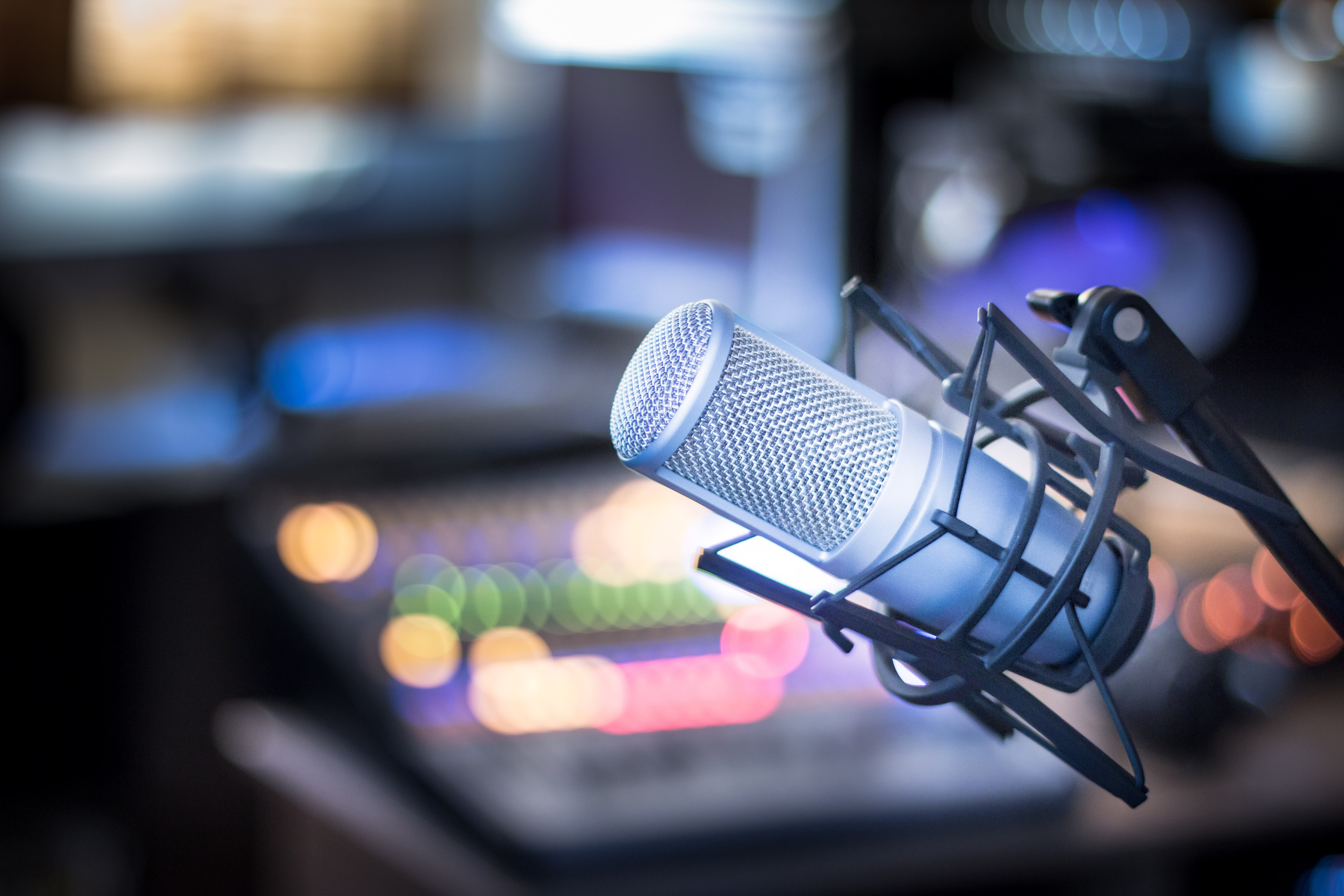1. Know when your listeners are paying attention:
A couple of days ago I started reading a recently published book in Spanish about digital transformation in radio industry (La transformación digital de la radio). In the prologue, one of the most recognised radio professionals in Spain, Iñaki Gabilondo shared the number-one priority in the digital transformation of radio, in his opinion. He considered critical for improvement in radio the need to learn when listeners are actively listening to radio or when they are only hearing us in the background. This sounds as a necessary resolution for this year if you intend to improve listeners engagement and, as you’ll see below, it’s perfectly doable.
2. Seek Time Enjoyed Listening, instead of TSL:
In our electronic postcard for sending friends, clients and radio professionals our hopes for the best in the new year, Voizzup wished an outstanding Time Enjoyed Listening. Hopefully, the tweak we made with this wish was obvious. Radio expresses listener engagement measurement with a metric called Time Spent Listening (TSL). The show hosts we work with are being able to learn daily which contents are retaining listeners longer. Also, they get to see, first hand, how listeners stay engaged to relevant topics, entertaining contents or emotional moments in the show, second by second. Having listeners that spend time listeninig to us in the backgroud, is ok. The primary goal for on-air teams, though, should be making listeners enjoy the time they stay with us.
3. Visualise your power and assume your responsibility:
During my career, I’ve been in almost any possible position in a radio organisation. As I mentioned above, today, I’m focused on introducing daily on-air content evaluation through data-science. We analyse second-by-second listeners behaviours and help radio professionals turn data into continuous content improvement. Witnessing on-air teams observing first hand, daily, the impact everything they say or do on-air has on the audience, has been the most inspiring thing I’ve experienced in my entire professional life. When they are able to see listeners immediately react to their words, something clicks in their heads and makes them aware of their power. They become more responsible, more confident, more creative. Becoming bolder will make your on-air team also more engaging to listeners.
4. Listener engagement measurement in the hands of the on-air team:
Actionable insights from data require formulating questions, understanding the pursued learning objectives, finding the critical data points to answer those questions, gaining the knowledge to process and translate data into industry language and, finally, the right mindset to turn them into learning. When it comes to listener engagement in radio, you better involve your programming and on-air teams in the process of designing your data strategy. When you start producing insights, in my experience, it’s crucial you shorten the path from insights to action. Listener engagement measurement needs to be put in the hands of the on-air team, daily. They are the ones that know both the content and the audience best. They are the ones capable of interpreting data, finding patterns, understanding behaviours, figuring out reasons, deciding tweaks. They are the ones indispensable for turning continuous insights into improvement on-air.
5. “Listempathise”:
A couple of weeks ago, while listening to Cadena Ser in Spain, I made up a word for appreciating on Twitter a very specific talent of the presenter who was on-air at that time. As the word doesn’t really exist, it does not have a translation into English either. It would be a combination of listener and empathy. I noticed the presenter, Aimar Bretos, had listeners and their listening experience in mind at all times. He significantly slowed downed when he was explaining something he thought might be complex. He paused and clarified concepts and acronyms which were not necessarily known by non experts in the matter. He stopped a phone call as soon as he considered the sound quality was not good enough. This empathy with the listener sounds like common sense but it’s not as frequent as it should be in radio, though. Those tiny details define a good or bad listening experience. This is somehow related to resolution number four. If you are an on-air professional in radio, it would be smart for you to develop your listempathy skills.




